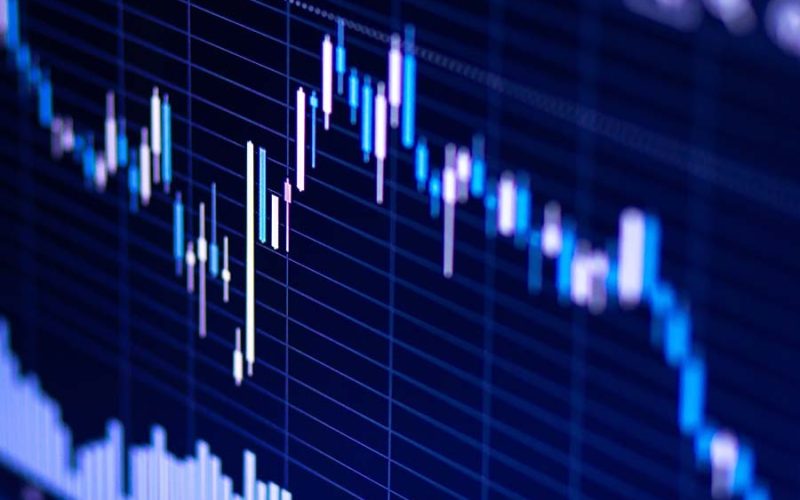by Jeffrey Kleintop, CFA®, Managing Director, Chief Global Investment Strategist, Charles Schwab & Co., Inc.
Although the 10-year U.S. Treasury yield climbed above stocks' dividend yields earlier this year, dividend payers may continue to reward should the economy continue to slow.
High-dividend payers
United States

Source: Charles Schwab, Bloomberg data as of 7/29/2022.
Indexes are unmanaged, do not incur management fees, costs and expenses and cannot be invested in directly. Past performance is no guarantee of future results.
Europe

Source: Charles Schwab, Bloomberg data as of 7/29/2022.
Indexes both measured in euros. Indexes are unmanaged, do not incur management fees, costs and expenses and cannot be invested in directly. Past performance is no guarantee of future results.
Japan

Source: Charles Schwab, Bloomberg data as of 7/29/2022.
Indexes both measured in yen. Indexes are unmanaged, do not incur management fees, costs and expenses and cannot be invested in directly. Past performance is no guarantee of future results.
Risks
Fortunately, a focus on high-dividend-paying stocks doesn't have to mean abandoning sector diversification. High-dividend payers can be found in all sectors and have been outpacing the market in nearly all of them. The table below shows the performance so far this year for the MSCI World Index sectors ranked by dividend yield. The stocks with the highest dividend yields are the best performers in every sector, except Energy and Utilities.
High-dividend payers outperforming in nearly every sector

Source: Charles Schwab, FactSet data, year-to-date performance through 7/30/2022.
Performance of the MSCI World, by sector. Green signifies best-performing dividend yield quintile in sector, red signifies the worst. Past performance is no guarantee of future results.
History shows us the benefits of a focus on high-dividend payers during recessionary bear markets, as you can see in the chart below. In every recessionary bear market of the past 50 years high-dividend-paying stocks have outperformed the overall market, except for the Global Financial Crisis in 2008-09, when financials were forced to eliminate their dividends.
Dividend payers and recessionary bear markets

Source: Charles Schwab, Bloomberg data as of 7/28/2022.
MSCI World Index total return measured in US dollars. MSCI World High Dividend Yield Index performance minus MSCI World Index performance over the same period. Past performance is no guarantee of future results.
July bounce
We can find evidence of this in relative performance of cyclicals in Europe and the widely watched manufacturing Purchasing Managers' Index (PMI). The performance of cyclicals relative to defensives seemed to price in the expectation for a sudden, deep drop in the PMI to below 40, not far from the low point during the pandemic recession of 2020 when manufacturing activity was sharply cut off. Yet, the preliminary reading for July came in at 49.8—a reading consistent with a stall in manufacturing, but not a contraction. The mispricing, combined with some evidence inflation pressures are beginning to ease, has helped cyclicals to bounce and lead the market higher in July.
Cyclicals bounce in July as data not as bad as feared

Source: Charles Schwab. S&P Global, Bloomberg data as of 7/30/2022.
Past performance is no guarantee of future results.
Inventory glut

Source: Charles Schwab, Bloomberg data as of 7/30/2022.
Index readings above 50 indicate expansion, readings below 50 indicate contraction.
Dividends make a comeback
Michelle Gibley, CFA®, Director of International Research, and Heather O'Leary, Senior Global Investment Research Analyst, contributed to this report.













